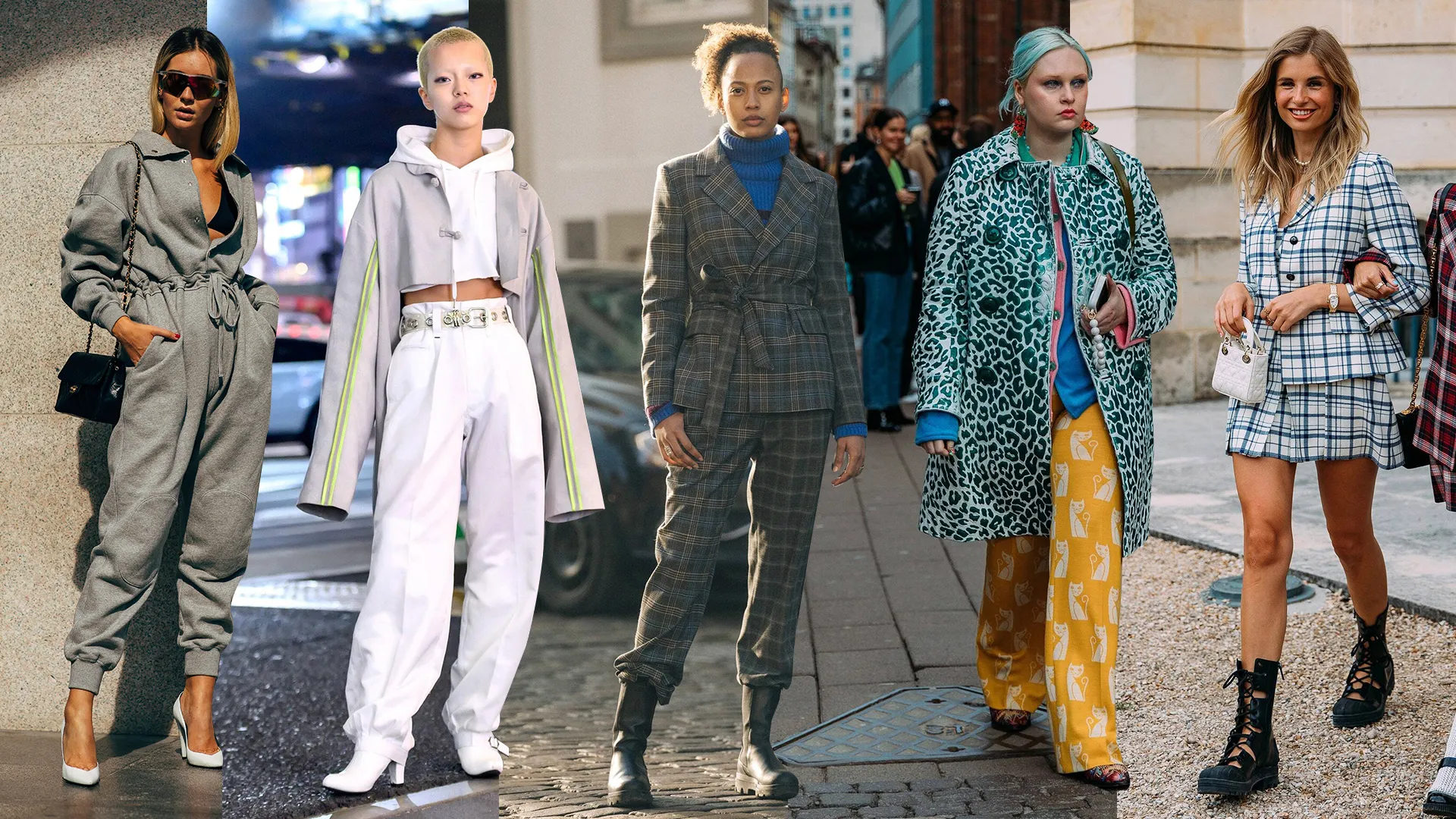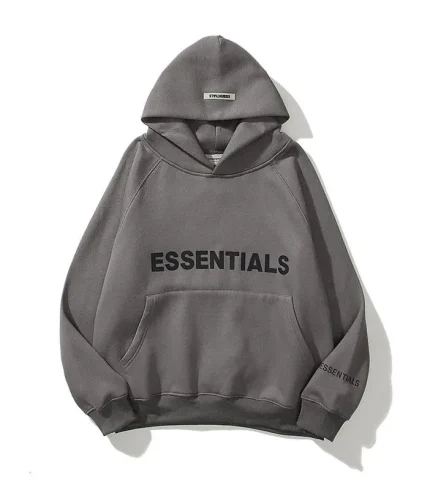The fashion industry is one of the largest contributors to environmental degradation and labor exploitation. However, sustainable fashion is rapidly gaining momentum, offering a way to make ethical choices without compromising on style. Building a sustainable wardrobe doesn’t mean sacrificing fashion; it’s about embracing conscious consumption, choosing quality over quantity, and supporting brands that prioritize ethical practices. In this blog, we’ll share key insights on how to create a wardrobe that’s stylish, functional, and sustainable.
What is Sustainable Fashion?
Sustainable fashion refers to clothing that is designed, manufactured, and consumed in a way that minimizes its environmental impact and promotes ethical labor practices. It involves choosing clothes made from eco-friendly materials, supporting brands that prioritize fair wages and working conditions, and adopting practices that extend the life of garments, reducing waste in the fashion industry.
Key Insights for Building a Sustainable Fashion Wardrobe
1. Embrace Quality Over Quantity
One of the cornerstones of sustainable fashion is buying fewer, higher-quality pieces that last longer, rather than filling your closet with fast fashion that is worn only a few times before falling apart.
- Invest in Timeless Pieces: Choose classic styles that won’t go out of fashion quickly. These pieces can be mixed and matched, and they’ll stay in your wardrobe for years, making them a more sustainable option than trendy items.
- Durable Fabrics: Opt for garments made from durable, long-lasting fabrics such as organic cotton, wool, linen, or hemp. These materials are often more eco-friendly and can withstand more wear and tear.
2. Choose Ethical and Sustainable Brands
When building a sustainable wardrobe, it’s essential to support brands that prioritize environmental and social responsibility. Researching and choosing ethical brands can help you align your fashion choices with your values.
- Fair Trade and Labor Practices: Look for brands that ensure fair wages and safe working conditions for their workers. Many ethical fashion brands are transparent about their production processes and are committed to improving the lives of workers.
- Eco-Friendly Materials: Sustainable brands often use eco-friendly materials like organic cotton, Tencel, or recycled fabrics. These materials are produced with fewer chemicals and require less water than conventional fabrics.
3. Care for Your Clothes Properly
Proper care can extend the life of your clothes, preventing the need for frequent replacements and reducing waste.
- Washing and Drying: Wash clothes in cold water and air dry them when possible to minimize energy use. Avoid excessive washing, as it can damage fabrics and contribute to microplastic pollution, especially in synthetic materials.
- Repair and Upcycle: Instead of discarding damaged clothes, learn basic sewing skills or take them to a tailor for repair. You can also upcycle old garments into new items, giving them a second life instead of letting them end up in a landfill.
4. Buy Secondhand or Vintage Clothing
One of the easiest ways to build a sustainable wardrobe is by buying secondhand or vintage clothing. This not only reduces the demand for new clothes but also gives older garments a second life.
- Thrift Stores and Online Marketplaces: Explore local thrift stores or online platforms like Depop or Poshmark for gently used clothing. Shopping secondhand allows you to find unique, one-of-a-kind pieces while contributing to a circular fashion economy.
- Vintage Clothing: Vintage shopping is a great way to find timeless styles that are both sustainable and fashionable. Many vintage shops specialize in high-quality garments from past decades, often at more affordable prices.
5. Opt for Rental and Clothing Swap
Clothing rentals and swaps are growing in popularity as a sustainable alternative to purchasing new clothes for special occasions or occasional wear.
- Clothing Rental Services: For events or occasions where you need something new but don’t want to buy an outfit you’ll only wear once, consider renting clothing from services like Rent the Runway or HURR Collective. This reduces the need for mass production and ensures garments are reused by multiple people.
- Clothing Swaps: Organize or participate in clothing swaps with friends or local communities. Swapping clothes is a great way to refresh your wardrobe without buying new pieces, and it fosters a sense of sharing and sustainability.
6. Mind Your Consumption Habits
Building a sustainable wardrobe goes beyond just what you buy—it’s also about how often you buy and how much you really need. Mindful consumption plays a huge role in reducing fashion waste.
- Avoid Impulse Purchases: Before making a purchase, take the time to assess whether the item truly adds value to your wardrobe. Avoid impulse buys driven by sales or trends that will only be worn a few times.
- Adopt a “One In, One Out” Policy: To keep your wardrobe manageable and prevent overconsumption, practice a “one in, one out” rule. For every new item you purchase, donate or sell one piece you no longer wear.
Conclusion
Building a sustainable fashion wardrobe doesn’t mean compromising on style—it’s about making intentional choices that are good for you, the planet, and the people involved in creating your clothes. By prioritizing quality over quantity, supporting ethical brands, caring for your clothes, buying secondhand, and embracing sustainable consumption practices, you can create a wardrobe that is both stylish and environmentally conscious. Remember, sustainability is a journey, and every small step you take counts toward a more sustainable and ethical fashion industry.
Also Read
- ► How to Create a Sustainable Lifestyle: Key Insights for Long-Term Well-Being
- ► How to Build a Scalable Business Model: Key Insights
- ► Combating Black Money: Must do Strategies for Compliance
- ► Australia Student Visa Requirements
- ► PCOD Diet Chart: Foods to Eat and Avoid
- ► Crafted for Elegance: The Best Platinum Rings Every Man Deserves
- ► Top Five Countries With Easier Study Visa Processes
- ► Solar Energy for the Manufacturing Industry: Challenges and Opportunities
- ► A Beginner’s Guide To Choosing The Right Shutter Type For Your Industrial Needs
- ► All the Details About José Trinidad Marín
- ► Thermage vs. Laser Treatment: What’s the Difference?
- ► Sustainable Kitchen Hacks: Eco-Friendly Products for Everyday Use
- ► Satta Matka Games: Comprehensive Guide to Winning & Playing Safely





